Yesterday, as part of a panel on machine consciousness, I saw Jack Copeland deliver a razor-sharp talk based on a paper that he published last year with Douglas Campbell and Zhuo-Ran Deng, entitled “The Inconceivable Popularity of Conceivability Arguments“. To give you an idea of what the paper is about, I reproduce the abstract here:
Famous examples of conceivability arguments include: (i) Descartes’ argument for mind-body dualism; (ii) Kripke’s ‘modal argument’ against psychophysical identity theory; (iii) Chalmers’ ‘zombie argument’ against materialism; and (iv) modal versions of the ontological argument for theism. In this paper we show that for any such conceivability argument, C, there is a corresponding ‘mirror argument’, M. M is deductively valid and has a conclusion that contradicts C’s conclusion. Hence a proponent of C—henceforth, a ‘conceivabilist’—can be warranted in holding that C’s premises are conjointly true only if she can find fault with one of M’s premises. But M’s premises—of which there are just two—are modeled on a pair of C’s premises. The same reasoning that supports the latter supports the former. For this reason a conceivabilist can repudiate M’s premises only on pain of severely undermining C’s premises. We conclude on this basis that all conceivability arguments, including each of (i)—(iv), are fallacious.
It’s a great paper, but I’m not sure the mirroring move against Descartes works, at least not as it is expressed in the paper. Although the text I quote below is from the paper, I composed this objection while listening to (and recalling) the talk. I apologise if the paper itself, which I have not read carefully to the end, blocks or anticipates the move I make here (please let me know if it does).
First, the paper defines CEP as the claim that conceivability entails possibility:
(CEP) ⬦cψ→⬦ψ
Descartes then is quoted:
“I know that everything which I clearly and distinctly understand is capable of being created by God so as to correspond exactly with my understanding of it. Hence the fact that I can clearly and distinctly understand one thing apart from another is enough to make me certain that the two things are distinct, since they are capable of being separated, at least by God… [O]n the one hand I have a clear and distinct idea of myself, in so far as I am simply a thinking, non-extended thing; and on the other hand I have a distinct idea of a body, in so far as this is simply an extended, non-thinking thing. And accordingly, it is certain that I am really distinct from my body, and can exist without it.”(Cottingham, Stoothoff, & Murdoch, 1629, p. 54)
Then it is claimed that Descartes uses CEP:
“Setting φ, ψ, and μ as follows:
φ: Mind=Body
ψ: Mind≠Body
μ: □(Mind≠Body),
we get:
D1.⬦c(Mind≠Body)
D2.⬦c(Mind≠Body)→⬦(Mind≠Body)
D3.⬦(Mind≠Body)→□(Mind≠Body)
D4.⬦(Mind=Body)→¬□(Mind≠Body)
____________________
D5. ¬⬦(Mind=Body)
Here Descartes uses a (theistic) version of CEP to infer that it is possible for mind and body to be distinct. From this he infers they are actually distinct. Why does he think he can make this move from mere possibility to actuality? Presumably because he is assuming D3, or something like it, as a tacit premise (Robinson, 2012).”
But that reasoning is questionable. Surely none of D1-4 are equivalent to CEP. So what the authors must mean is that one of D1-4 (i.e., D2) relies on CEP. But in the quoted passage, Descartes does not appeal to (or argue for) CEP. Rather, he argues for a more restricted claim, one that more closely resembles D2 in structure, in that it infers specifically the possibility of distinctness from the conceivability of distinctness. That is, rather than CEP, it seems to me that Descartes argues for, and uses, CDEPD (Conceivability of Distinctness Entails Possibility of Distinctness) :
(CDEPD) ⬦c(φ≠ψ)→ ⬦(φ≠ψ)
It is prima facie possible to hold CDEPD without holding CEP. Further, there are arguments (such as the one Descartes puts forward in the quoted passage), that support CDEPD that do not prima facie support CEP. That is, one can accept what Descartes says in the quoted passage, but, it seems, reject any attempt at an analogous (dare I say “mirroring”?) argument:
Hence the fact that I can clearly and distinctly understand one thing as being the same as another is enough to make me certain that the two things are the same, since they are capable of being ?, at least by God.
What could we put in place of the question mark to yield a proposition that is true? To yield a proposition that is implied by what Descartes says in Meditations or elsewhere? To yield a proposition that is required for Descartes’s conceivability argument to proceed?
There seems to be an asymmetry here between the conceivability of difference and the conceivability of sameness that allows Descartes to get by with CDEPD, rather than having to employ CEP.
Why does this matter? It matters because the mirroring argument the authors make against Descartes effectively says: “Descartes helped himself to CEP, so we can do the same. Only instead of applying the CEP to a proposition about the conceivability of differences, we will apply it to a proposition about the conceivability of sameness.” If what I have said above is right, then it is possible that Descartes was not helping himself to CEP in general, but to a more restricted claim about propositions involving distinctness, CDEDP. Thus a mirroring argument would not be able to help itself to CEP, and thus would not be able to derive the required, contrary conclusion that way. Further, there is no way to derive such a contrary conclusion using CDEDP instead. So the mirroring argument against Descartes’s conceivability argument fails.
I have not yet checked to see if there are similar moves that Kripke and Chalmers can make to “break the mirror” in their respective cases.
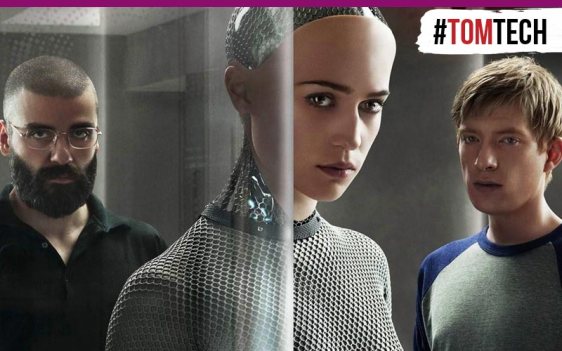
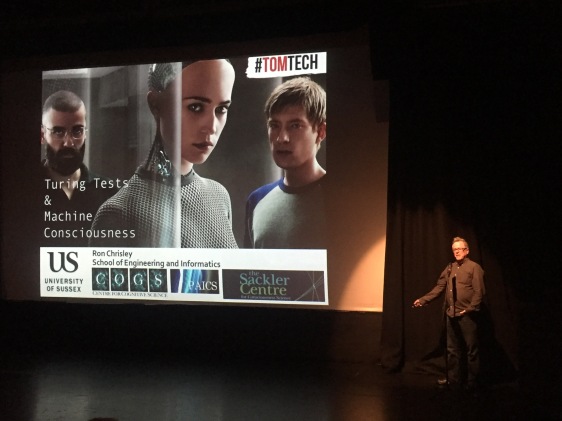
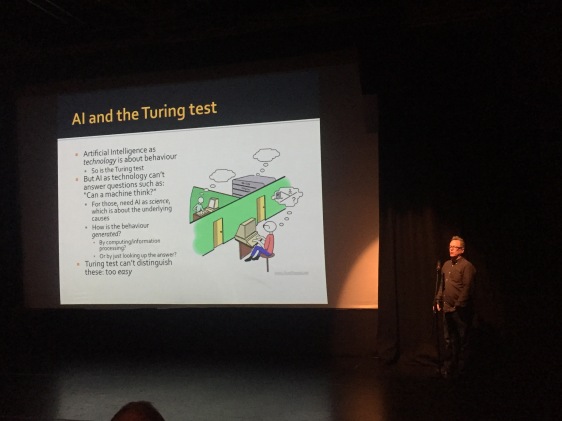
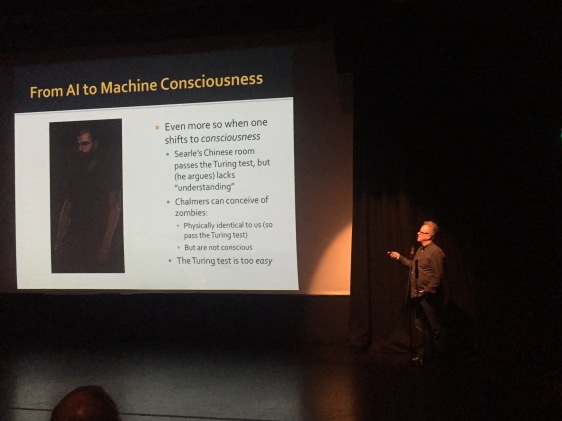
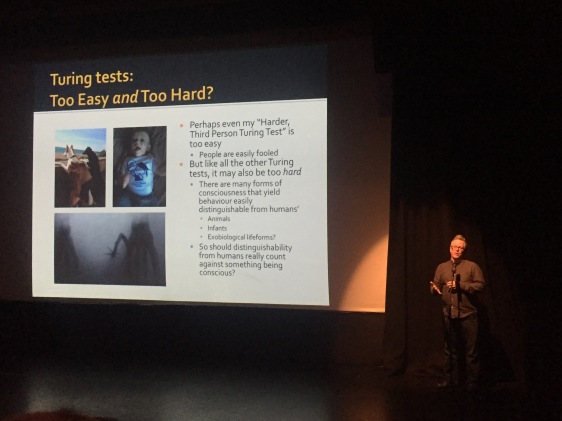
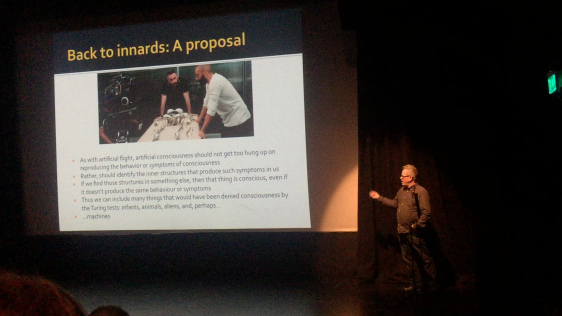
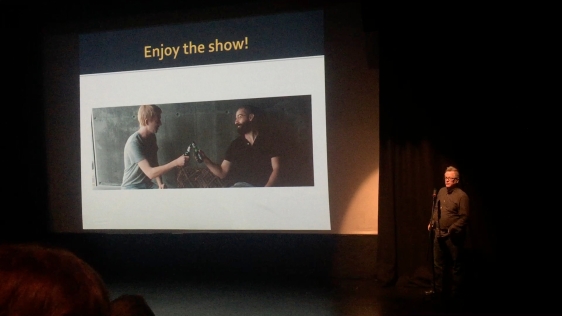

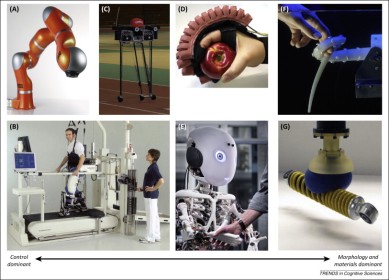
 A paper by myself and Aaron Sloman, “
A paper by myself and Aaron Sloman, “ sday, December 1st, at 13:00 in Freeman
sday, December 1st, at 13:00 in Freeman